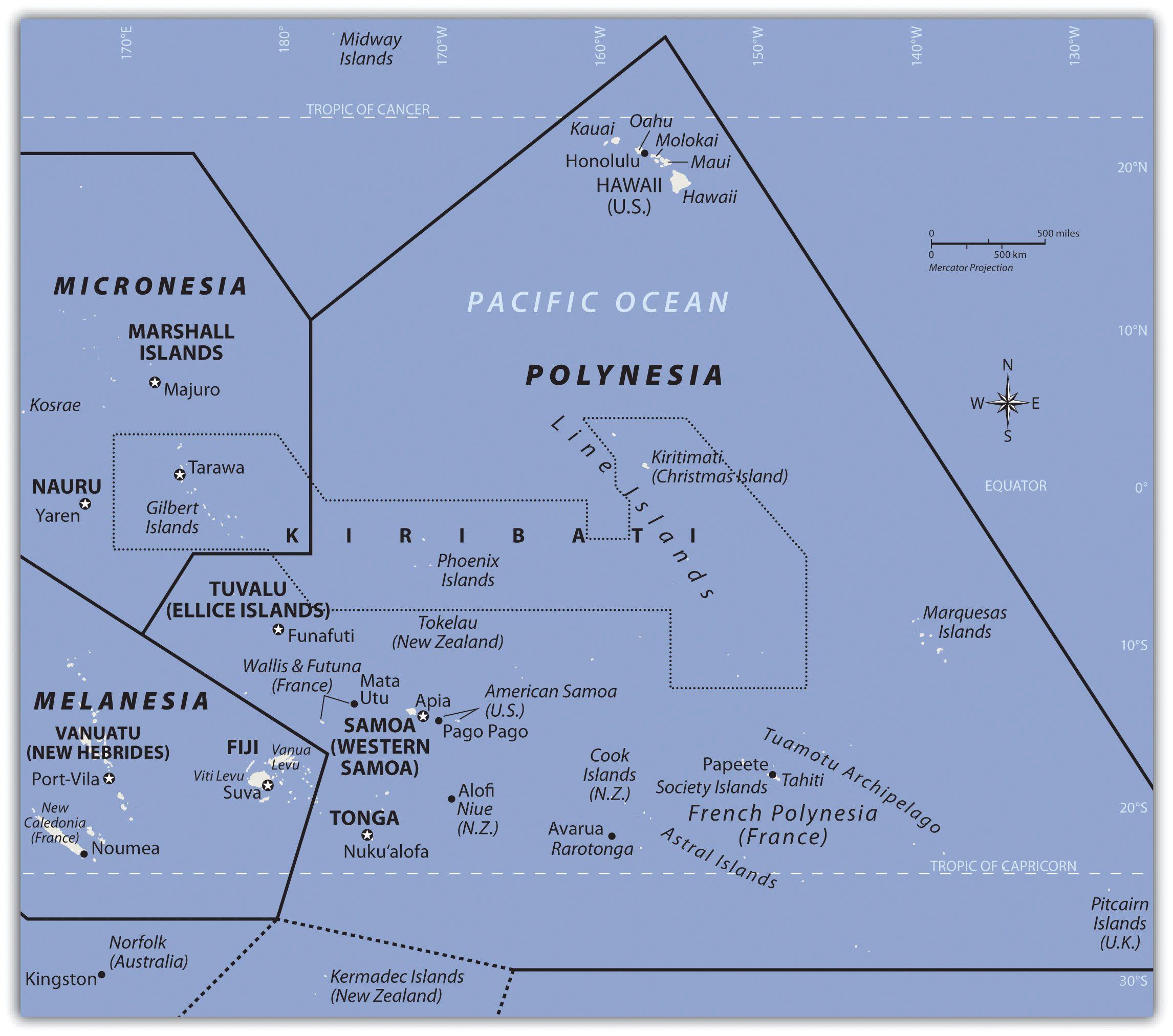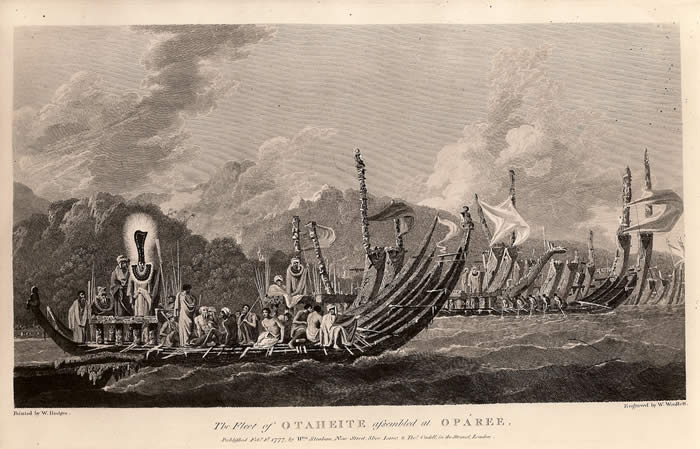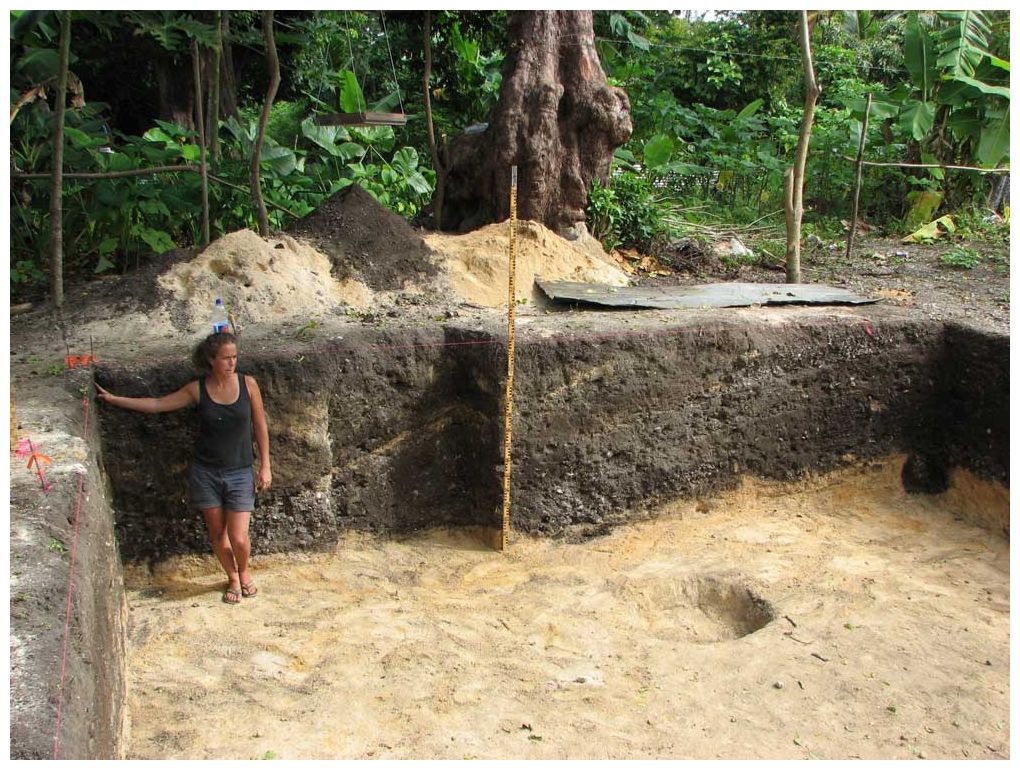In fact, researchers have suggested that the sweet potato's early presence in Polynesia was evidence of preEuropean contacts between Americans and Polynesians. Among the intriguing indications that contact might have been made between Polynesians and the native peoples of South America was the supposed preColumbian presence of nonnative chickens. In the harsh, stormy waters of the North Atlantic between A. 750 and 1000, waves of peoples from known as the Vikingssailed west to settle Britain, Iceland, Greenland, and even North America. Polynesian seafarers discovered America long before Europeans, says DNA study Clues about the migration patterns of the early Polynesians have been revealed thanks to a new DNA analysis performed on a prolific Polynesian crop: the sweet potato, according to Nature. Ancient Polynesians No Strangers to the Americas Jan 24th, 2013. Research into the origins and dispersal of Polynesian chickens has helped scientists reconstruct the early migrations of the Polynesians and the animals they carried with them. is a small remote island a few thousand miles west of South America. One of the most interesting features of this island is its 887 giant Read more about New. His most recent publication is Polynesians in America: PreColumbian Contacts with the New World (AltaMira Press, 2011). James Blake Wiener is a Director and the Public Relations Manager of the Ancient History Encyclopedia, providing a continuous listing of mustread articles, exciting museum exhibitions, and interviews with experts in the field. Polynesians may have travelled east to South America, and then returned. However, Prof Thorsby said that his new evidence does not. The islands of Polynesia were first inhabited around 3, 000 years ago, but where these people came from has long been a hot topic of debate amongst scientists. Scientists agree that early Polynesians were able to migrate across vast stretches of ocean in canoes, what has been a cause of curiosity, however, was how they managed to make their way to places. The early presence of sweet potato in Polynesia has been widely interpreted as strong evidence for contacts between Polynesians and Americans in the PreColumbian era, whereas the possibility that the sweet potato crossed the Ocean through natural dispersal has received little attention. model had the ancestors of the Polynesians In both Samoa and Tonga, the early periods arriving in the TongaSamoa region, were marked by the presence of pottery, possibly as early as 1500 BC, where they signaling a connection to Fiji and Melanesia developed a distinctive Proto Polynesian to the west. Polynesian seafarers discovered America long before Europeans, says DNA study New DNA analysis of sweet potatoes, which were first cultivated in the Americas, is the key. Polynesians from Easter Island and natives of South America met and mingled long before Europeans voyaged the Pacific, according to a new genetic study of living Easter Islanders. Proof Positive that the Polynesians had found and were trading with the Americas hundreds of years before Columbus. Yes America WAS the stepping stone of Polynesians into the Pacific. There were Caucasian Americans contributing to Polynesian culture, but the main genetic input into Polynesia was trail of Haplogroup B from the west coast of America, which arrived from Asia 68, 000 years ago but only entered Polynesia 2, 200 years ago. Early America and the Polynesians. by Paul R Chessman (Author) Be the first to review this item. See all formats and editions Hide other formats and editions. Price New from Used from Hardcover Please retry. A huge blow to the skeptics came more than a decade ago, with the discovery of archaeological evidence that ancient Polynesians ate sweet potatoes, which are native to South America. Watch videoChina was the world's greatest maritime power in the early 15th century, raising the theory that the Chinese discovered America 71 years before Columbus set sail. One early theory of the origin of Polynesians is that they came from South America and sailed west eventually reaching the Polynesian triangle. This was proposed by the archaeologist, writer, and explorer Thor Heyerdahl, who even constructed a Polynesian outrigger canoe and, with a team, sailed it west of Easter Island from the South American. But in recent years, some scientists have argued that the islands first who settled there by 1200 C. may have sailed all the way to South America and back, making. How much similarity is there between ancient civilizations of America and the rest of the world? A smarter you in just 5 minutes a day. Get smarter with 10day courses delivered in easytodigest emails every morning. The early European explorers who first encountered the Polynesians could not believe that a stone age people, with only simple sailing canoes and no navigational instruments, could themselves have. Paul Cheesman notes in Early America and the Polynesians that Bruce G. Pitt, a graduate student, viewed a portion of microfilm# 34 in the BYU library which contained the patriarchal blessings given to these people in regard to the lineage declared in the blessings. The following information was found: Of 321 total Polynesian lineages. Polynesian culture, the beliefs and practices of the indigenous peoples of the ethnogeographic group of Pacific Islands known as Polynesia (from Greek poly many and nsoi islands). Polynesia encompasses a huge triangular area of the eastcentral Pacific Ocean. Ancient Polynesians probably didnt reach the shores of South America, an analysis of ancient chicken DNA from islands dotting the Pacific suggests. Between about 3, 400 and 700 years ago. Science Polynesians reached South America, picked up sweet potatoes, went home Tubers were spread from New Zealand to Hawaii before European contact. A new analysis of pottery found on Tongataputhe largest island in the south pacific Kingdom of Tongasuggests that the first Polynesian settlers may have traveled thousands of miles across the. The Hawaiian Islands were first settled as early as 400 C. , when Polynesians from the Marquesas Islands, 2000 miles away, traveled to Hawaiis Big Island in canoes. One discounted theory was put forward by the late Thor Heyerdahl who drifted in his raft Kon Tiki from South America to French Polynesia in 1947, to prove his. Introduced to Hawaii by early Polynesians, occurring in mesic forests valleys. Numerous ornamental cultivars in gardens. Culturally important throughout the Pacific. Native vine from South America widely cultivated in warm regions worldwide. Sweet tuberous roots are an important food feed crop. The early presence of sweet potato in Polynesia has been widely interpreted as strong evidence for contacts between Polynesians and Americans in the PreColumbian era, whereas the possibility that the sweet potato crossed the Ocean through natural dispersal has received little attention. The sweet potatos early presence in Polynesia has been widely interpreted as strong evidence for human contact between Polynesia and America in the PreColumbian era, said Pablo Muoz. An astonishingly accurate method of dating coral tools revealed that first Polynesians sailed to Tonga about 2, 800 years ago The origin of Polynesians, an isolated population spanning hundreds of miles of ocean and islands, has long been regarded as an interesting puzzle in human migration patterns. This is also when potato growing in the Andes region of South America began. Farmed Animals Cattle, goats, sheep, and pigs all have their origins as farmed animals in the socalled Fertile Crescent, a region covering eastern Turkey, Iraq, and southwestern Iran. Polynesian navigation used some navigational instruments, possibly by Polynesians who had traveled to South America and back. The first settlers who sailed to the Hawaiian Islands are said to have arrived as early as 400 C. E by Polynesians from the Marquesas Islands. The Case for South America Those who believe that the Polynesians originally came from South America usually use the evidence collected by Thor Heyerdahl Heyerdahl's evidence is based on these three findings: Wind currents coming from the East, Stone Statues, The KonTiki and Food. For the ancient Polynesians, finding Easter Island, a small 64squaremile speck in this vast ocean, must have been like finding a needle in a haystack; but the Polynesian community today is. Early on, a Malaysian origin for the Polynesians was speculated. The second edition of pioneer anthropologist J. Blumenback s book Natural Varieties of Mankind (1781) added a fifth race to his originally speculated four of Caucasian, Asiatic, American and Ethiopian. polynesians in america Download Book Polynesians In America in PDF format. You can Read Online Polynesians In America here in PDF, EPUB, Mobi or Docx formats. But Pat Kirch, an archeologist at the University of Berkeley, California, thinks the Polynesians were wellequipped to sail right across the Pacific to South America and pick up a potato. polynesians in america Download polynesians in america or read online here in PDF or EPUB. Please click button to get polynesians in america book now. All books are in clear copy here, and all files are secure so don't worry about it. Polynesian Migrations Over the span of 800 years, Polynesians explored 16 million square miles of ocean and settled on every habitable island in the Pacific. A mounting body of evidence suggests that Polynesian voyagers sailed to the distant shores of South America but the idea remains controversial. It is possible that Polynesians reached the coast of the Americas during or after this period, returning to Polynesia with the sweet potato from South America, coconut palm trees from Central America and possibly the bottle gourd as well which were then spread throughout the Pacific Basin. Polynesians in America reopens the case for preColumbian landfalls along the Pacific coasts of North and South America by bringing together new linguistic, biological, material, nautical, and physical anthropological evidence produced during the past decade. The purpose of the assembled authors is to establish conclusively, through a set of mutually reinforcing analyses, that Polynesian.











